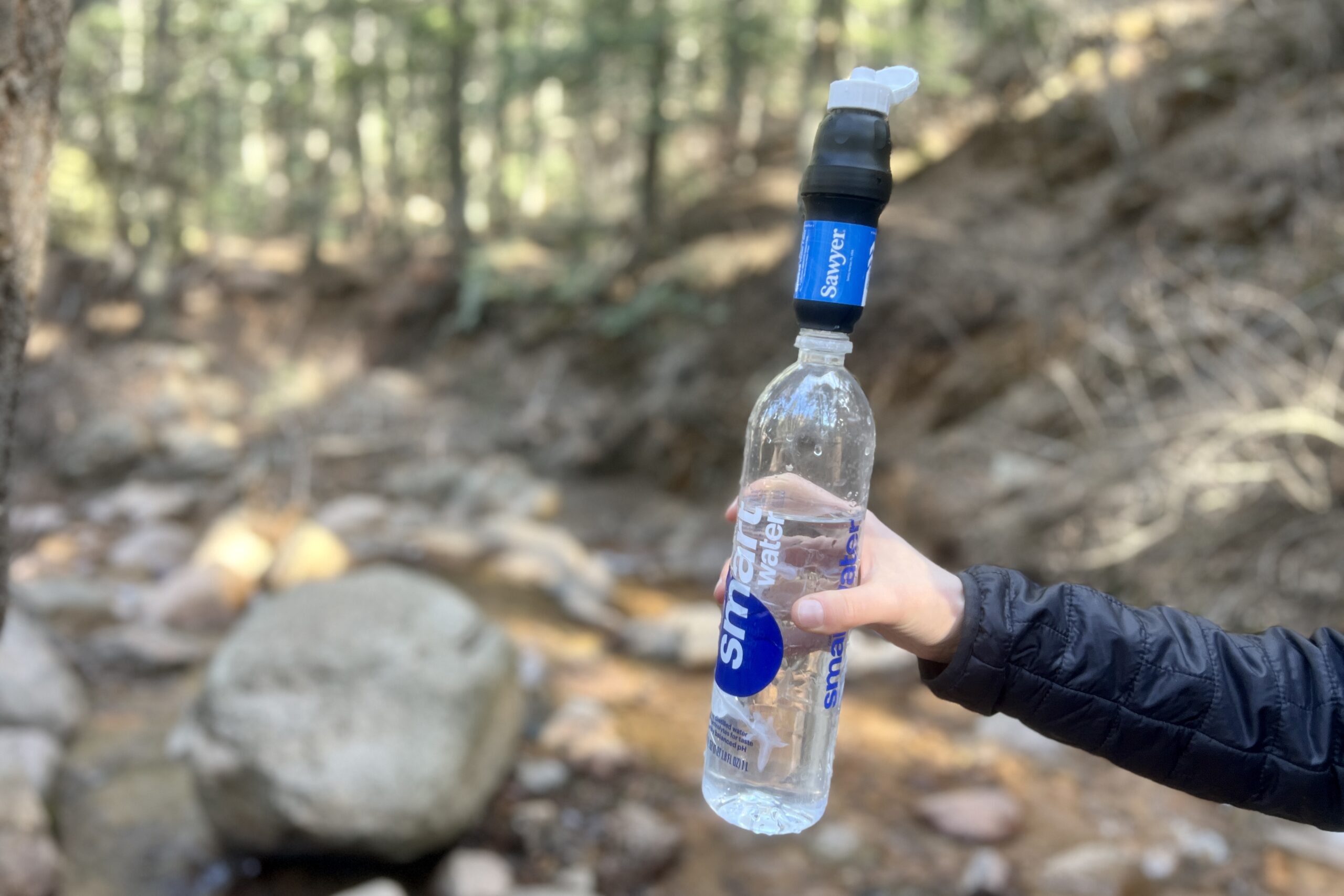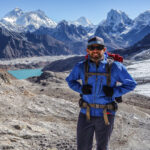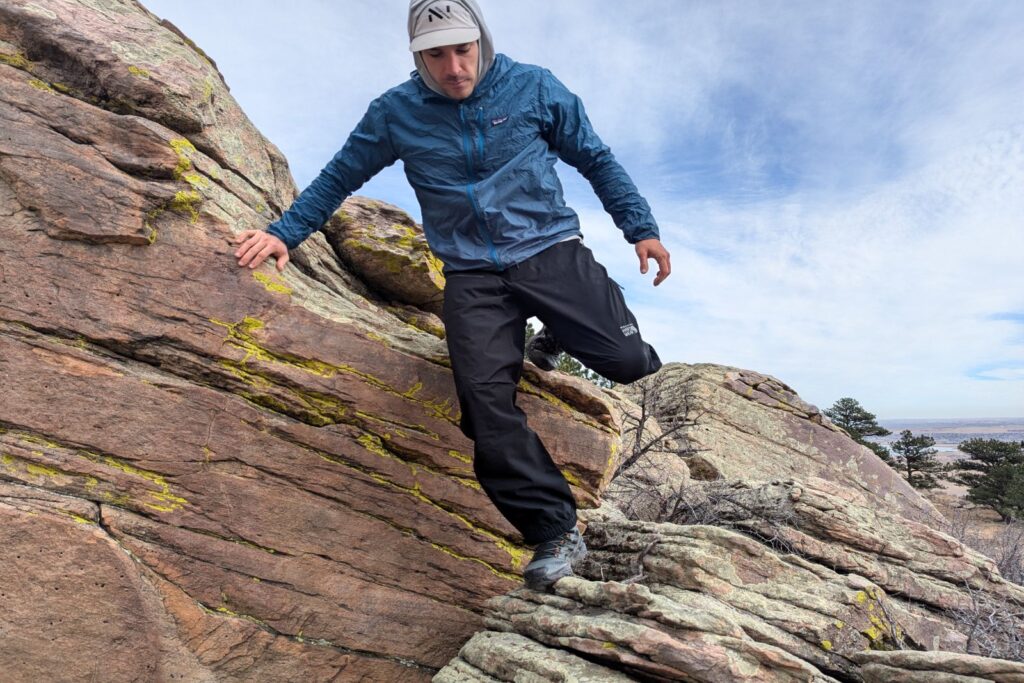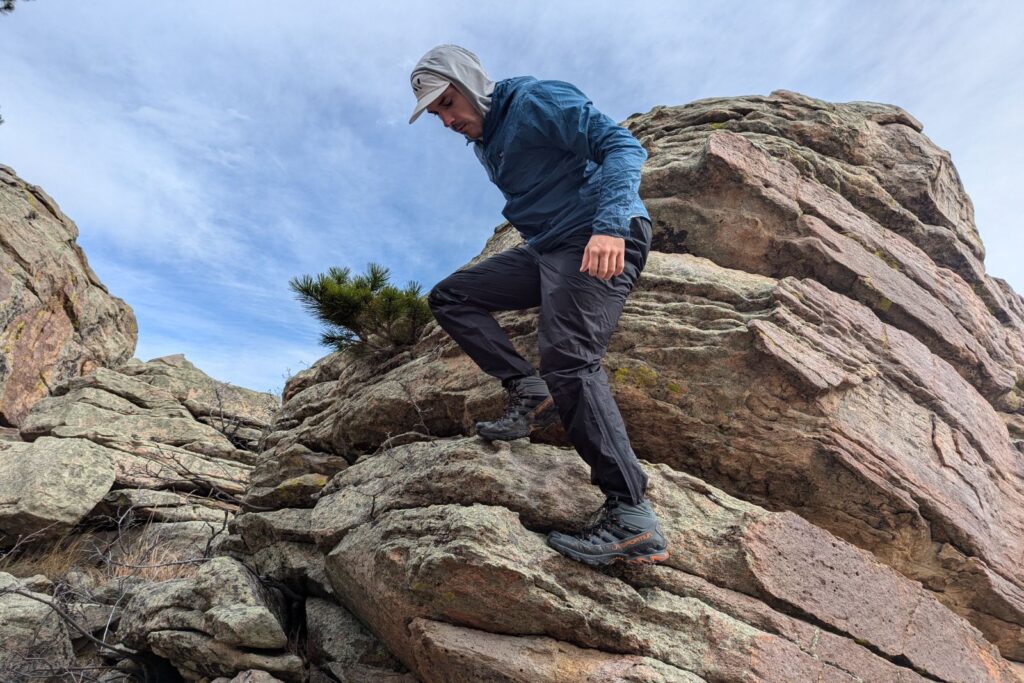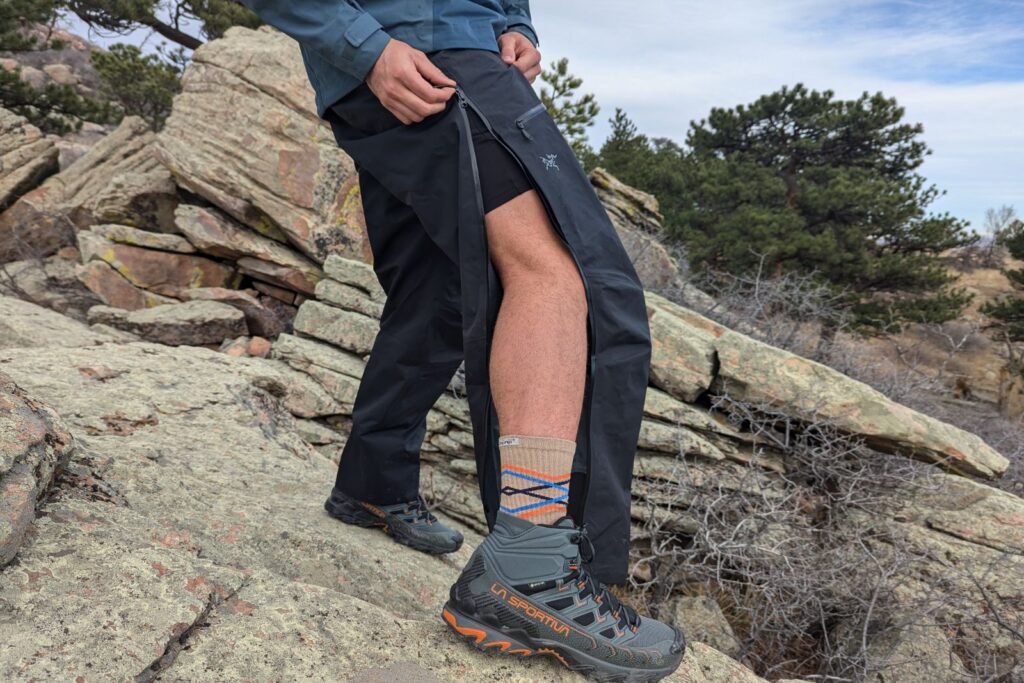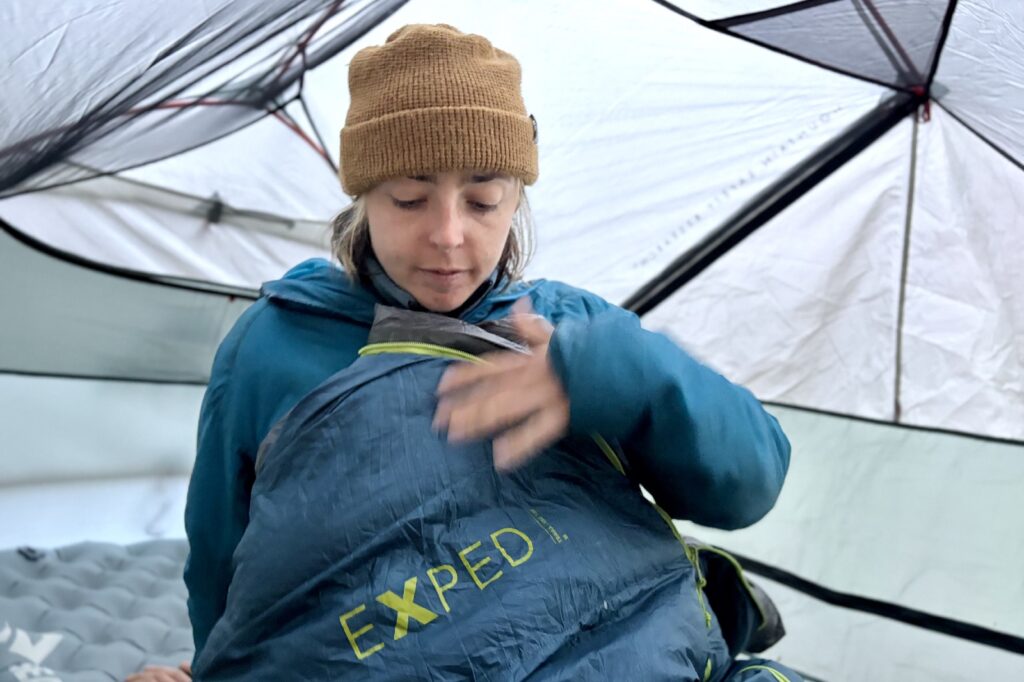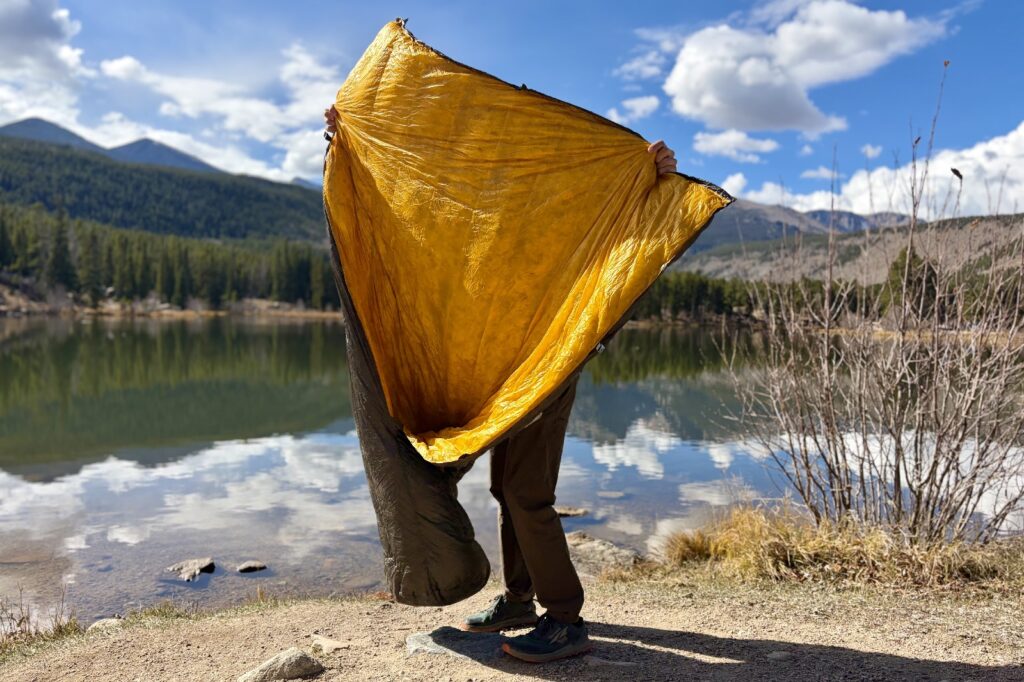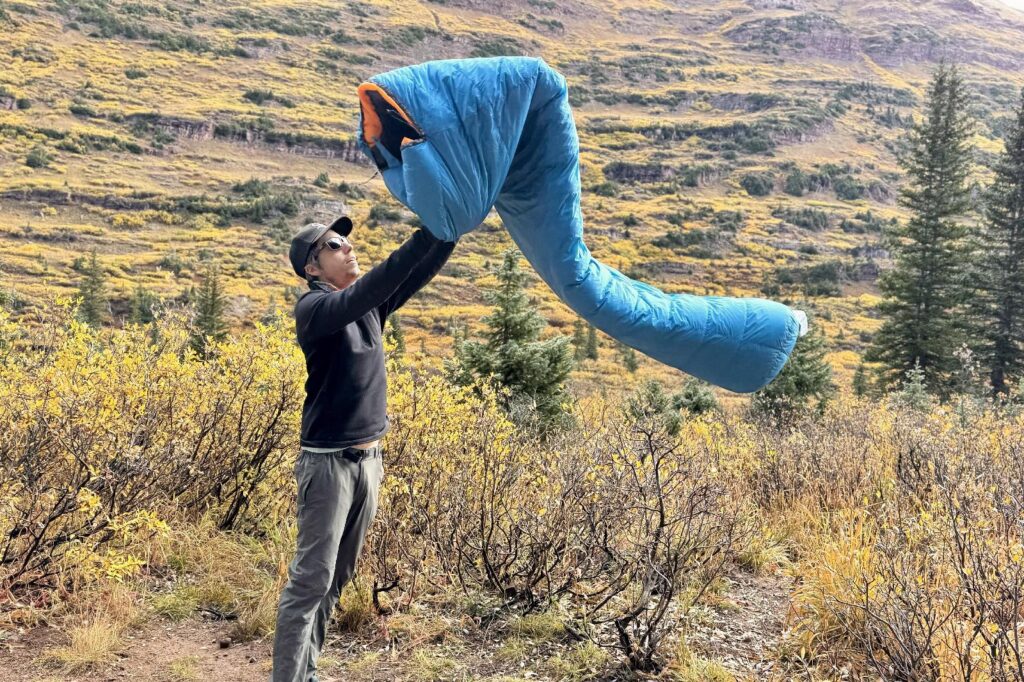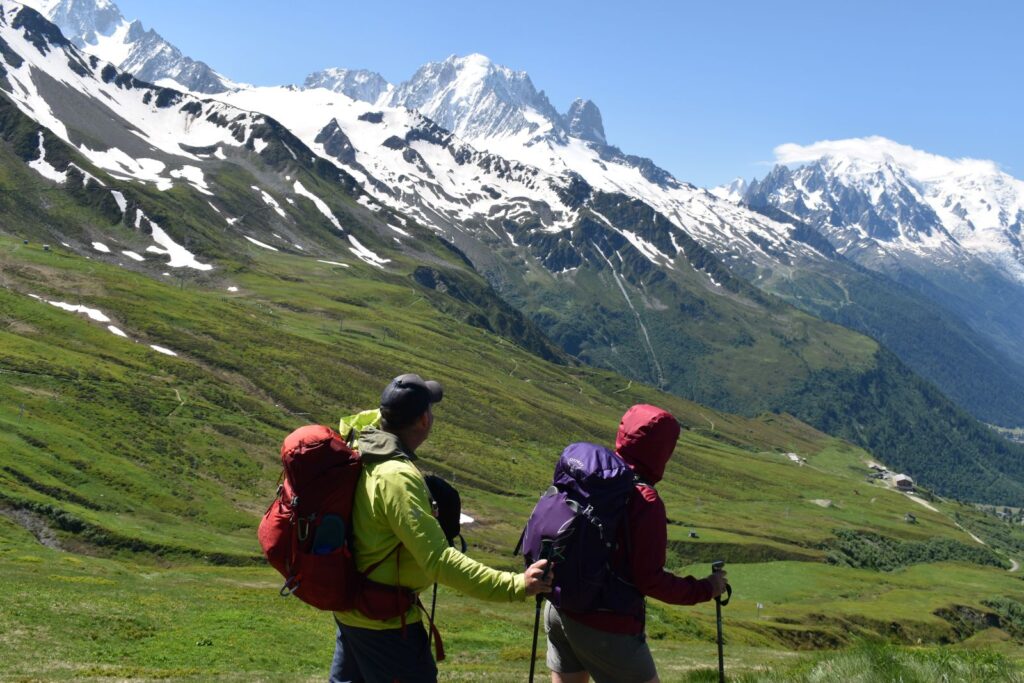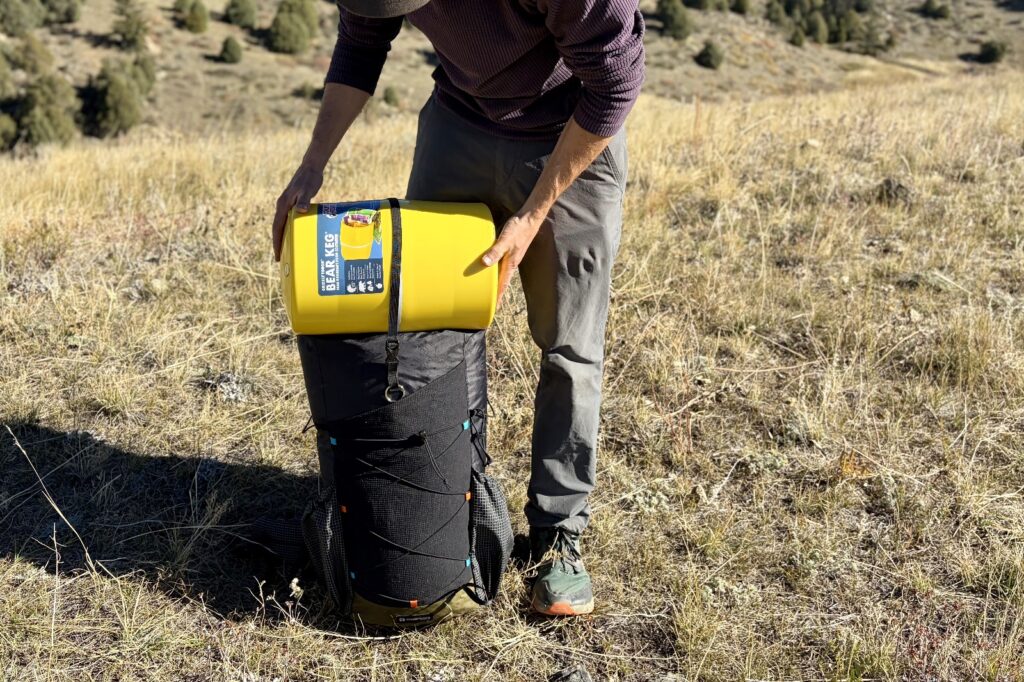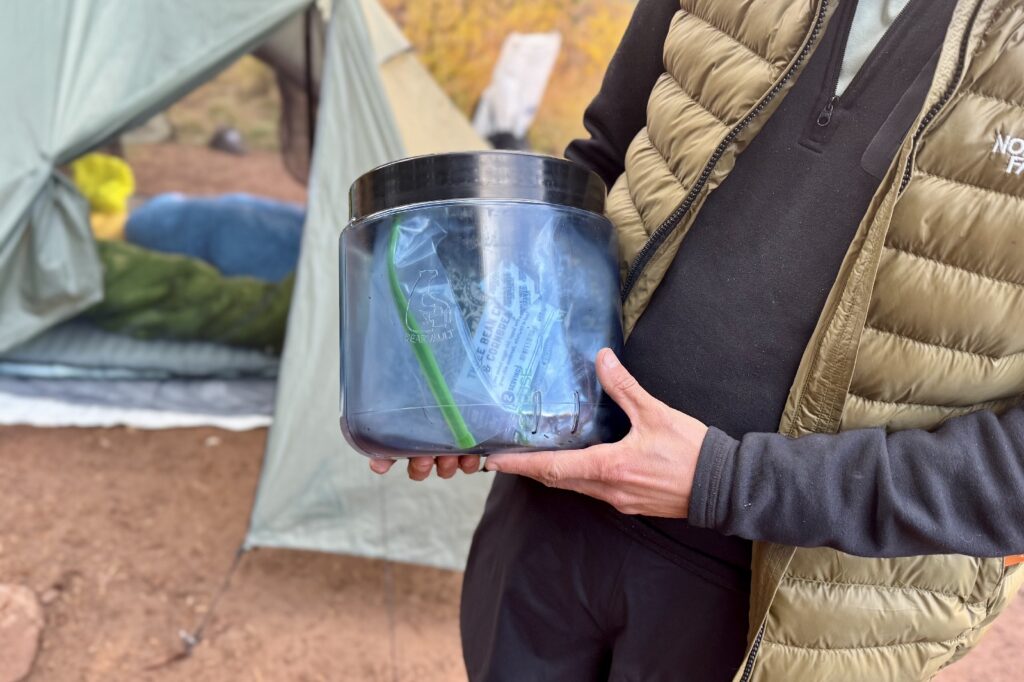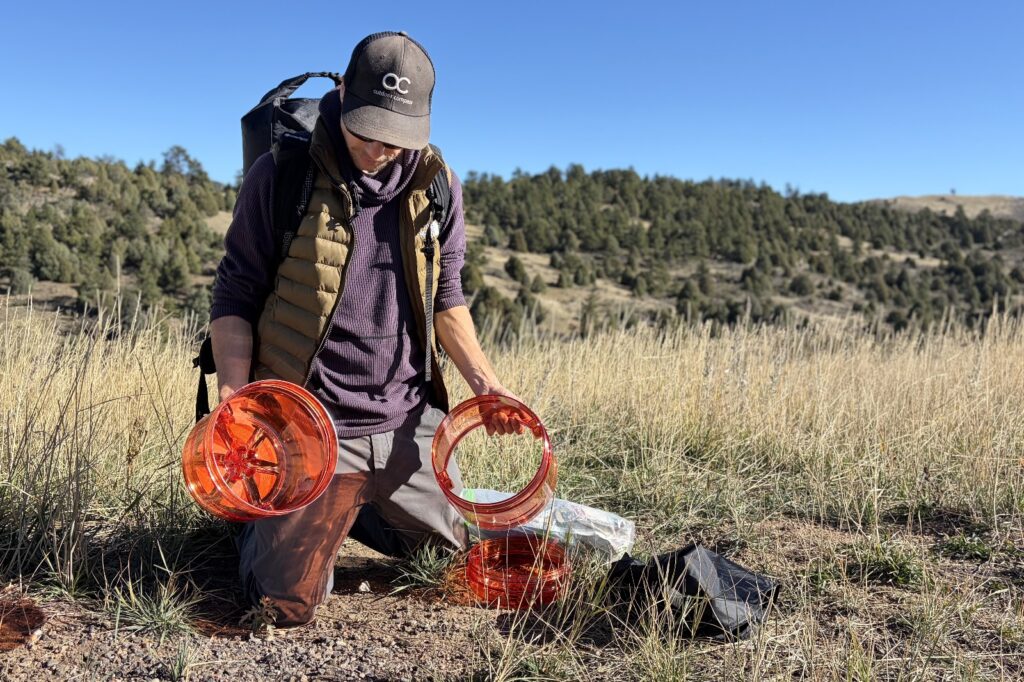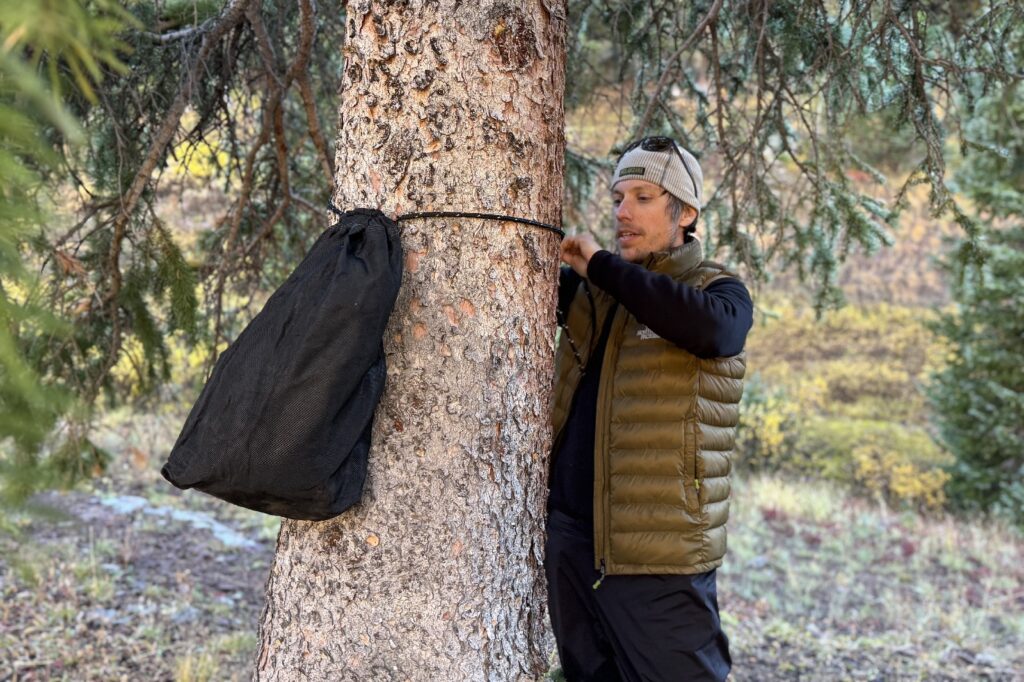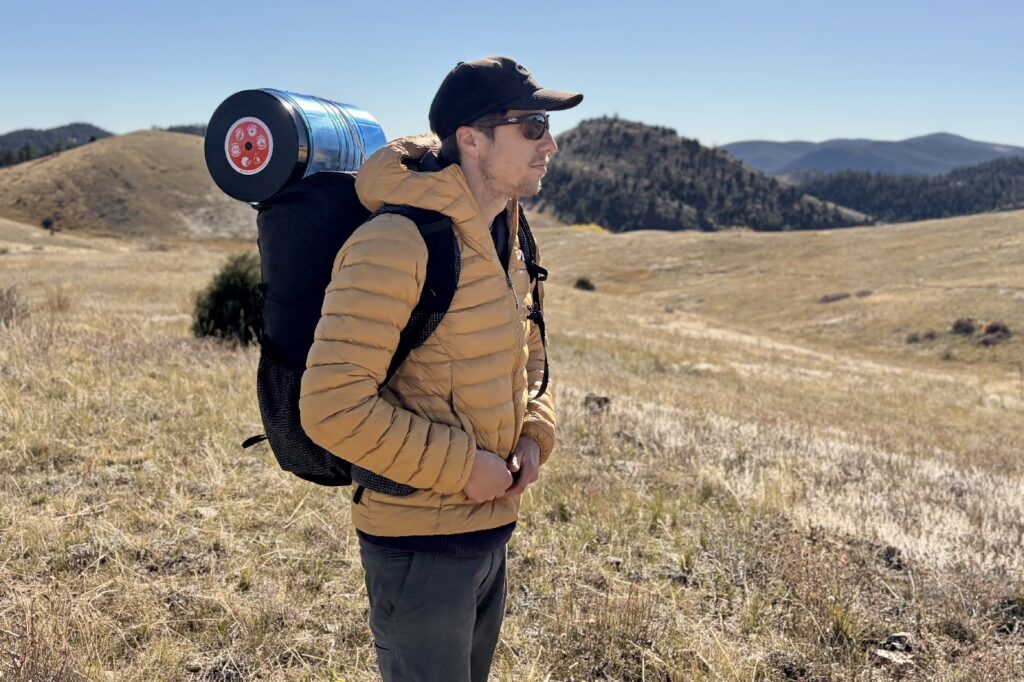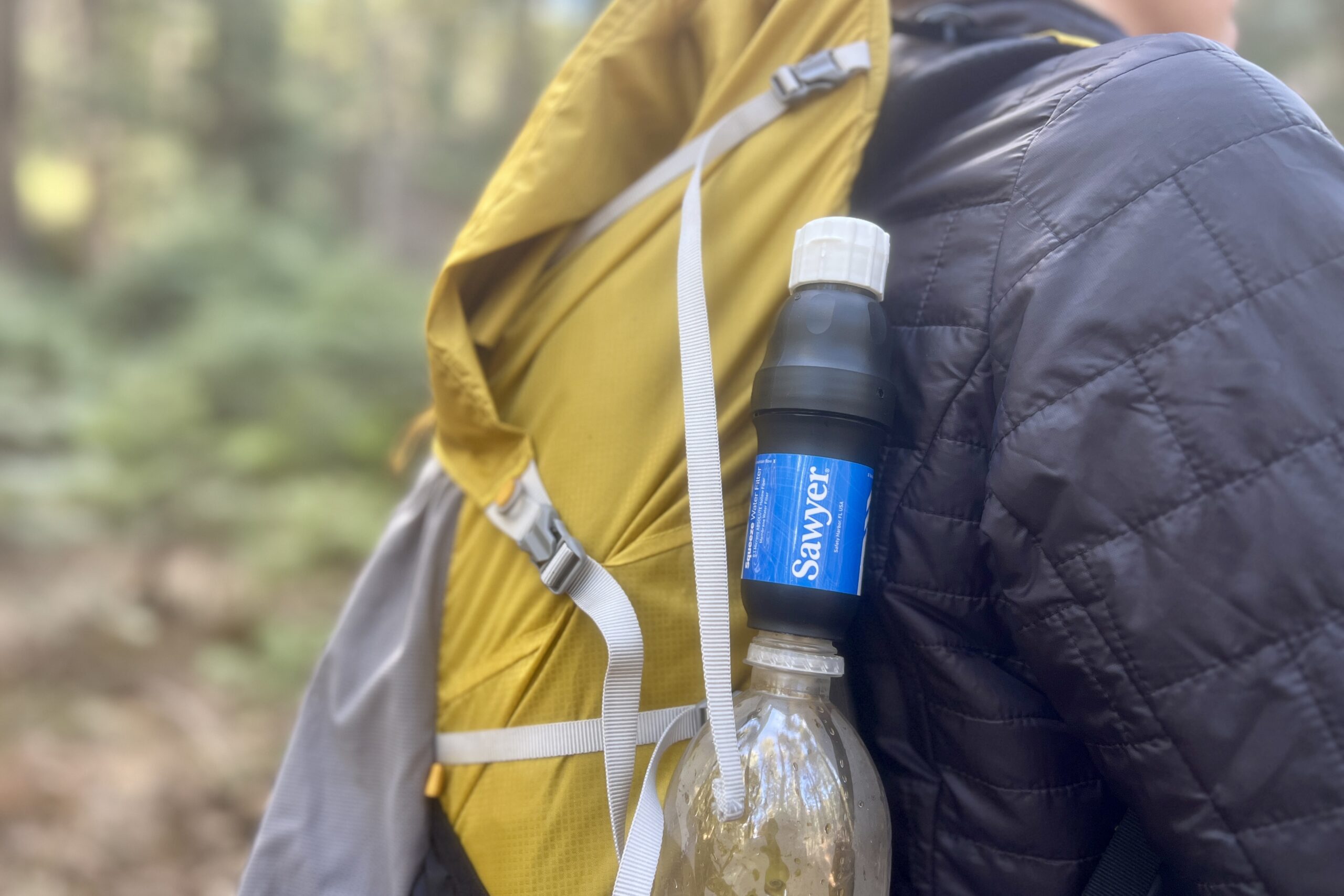
Bottom Line
We keep returning to the tried-and-true Sawyer Squeeze as our go-to filter for lightweight backpacking. After extensive testing in countless water sources of varying quality with the Sawyer Squeeze, it is one of our absolute favorite water filters for the backcountry.
This lightweight dynamo is extremely easy to use and filters out the most common bacteria and protozoa that can make people sick on trail. Its 28mm threaded attachment fits a variety of bottles and bladders, and the filter membrane is rated to last for nearly half a million liters! Though you need to be careful not to let it freeze and should backflush it regularly, its compact size makes it ideal for long-distance hiking. It’s also a relatively inexpensive but essential piece of gear to add to your backpacking kit.
How We Tested
The Sawyer Squeeze has been a popular choice amongst our gear testers for years, logging over 10,000 miles of use over several thru-hikes. We’ve even relied on the Squeeze to turn the most disgusting, cowpie-ridden water into clean drinking water, and we’re still here to write about it!
Quick Specs
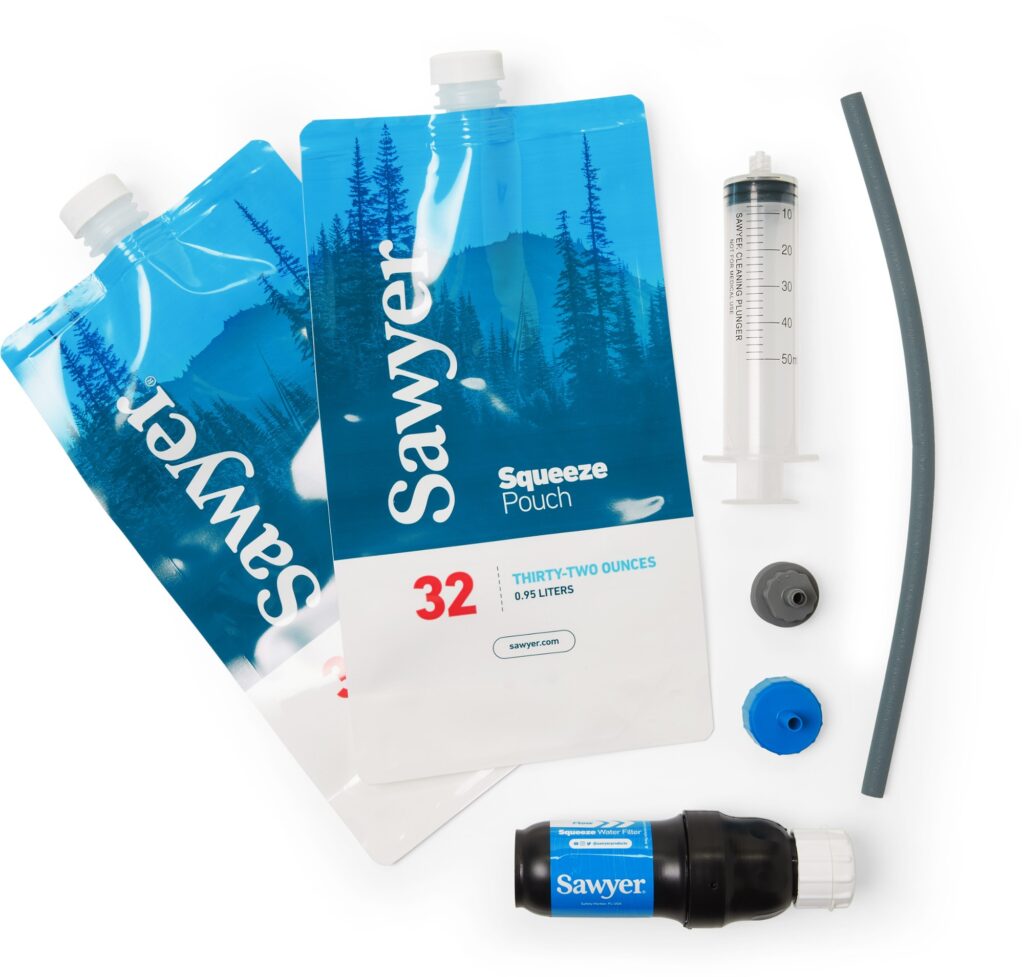
Sawyer Squeeze
Best Water Filter Overall
CleverHiker Rating: 4.6/5.0
Price: $46
Weight: 3 oz.(including a 32 fl. oz. pouch)
Flow Rate: 1.7 L/min
Filter Pore Size: .1 microns
Lifetime Volume: 378,000 L
Pros
- Ultralight
- Compact
- Less expensive
- Easy to use
- Great flow rate
- Fits a variety of bottels
Cons
- Included pouches aren't durable
- Requires syringe to backflush
- Not rated for viruses, international trips
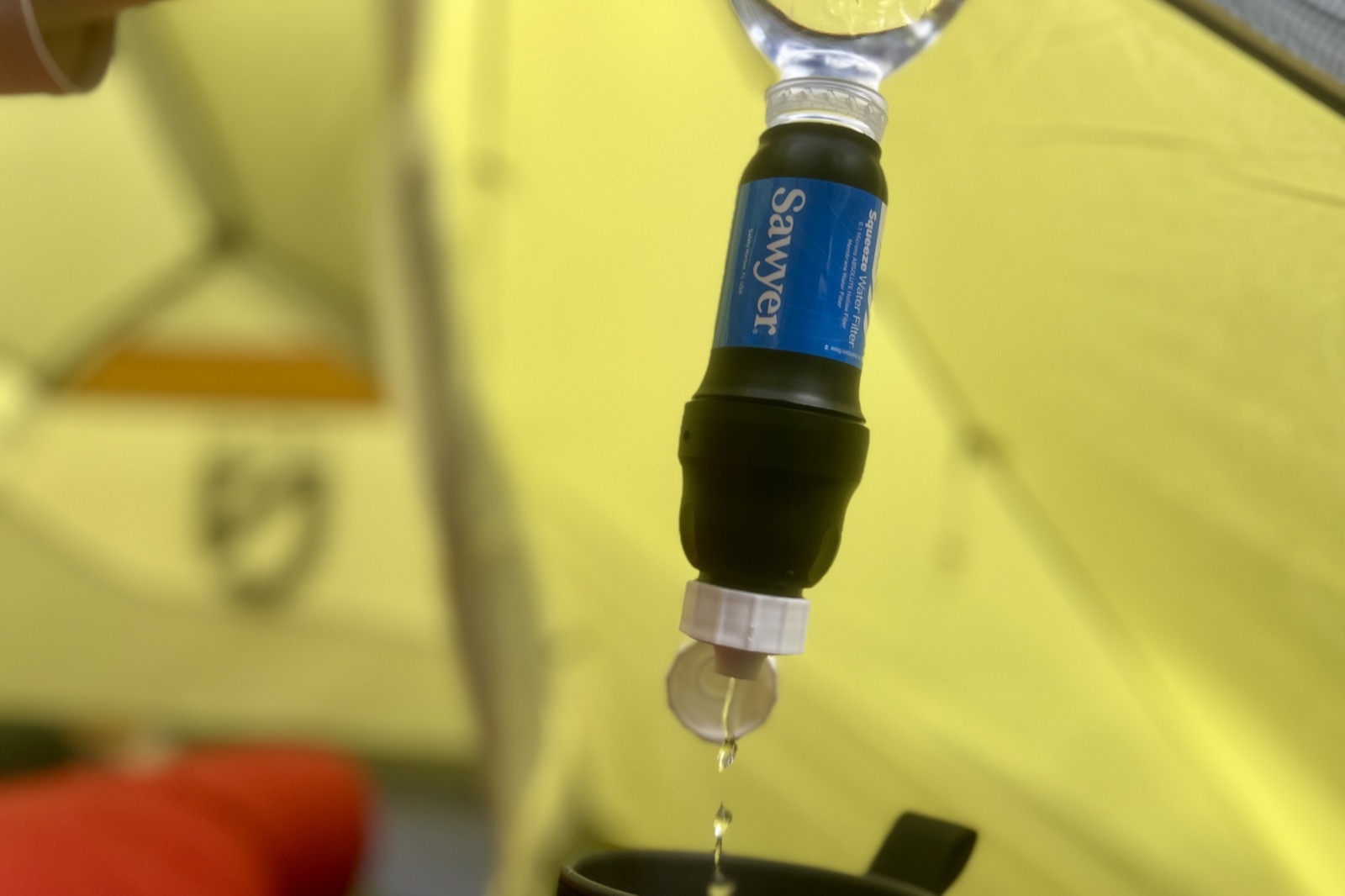
Water Quality
This little beast of a filter is rated to 0.1 microns, removing 99.99999% of bacteria such as salmonella, cholera, leptospirosis, and E. coli, and eliminates 99.9999% of protozoa like giardia and cryptosporidium. The squeeze filter also filters out 100% of microplastics.
Importantly, it does not have a carbon filter, so it isn’t designed to remove heavy metals, simple compounds, or pesticides. It also can’t filter out most viruses. The filter removes the taste caused by dirt, green matter, and bacteria, leaving the water tasting clean and fresh. Over tens of thousands of miles of backpacking and hiking, we’ve never experienced a waterborne illness when using the Squeeze properly.
However, it is wise to always filter from the clearest sources available. Water from silty or muggy sources, although still treatable, will clog the tiny pores quickly.
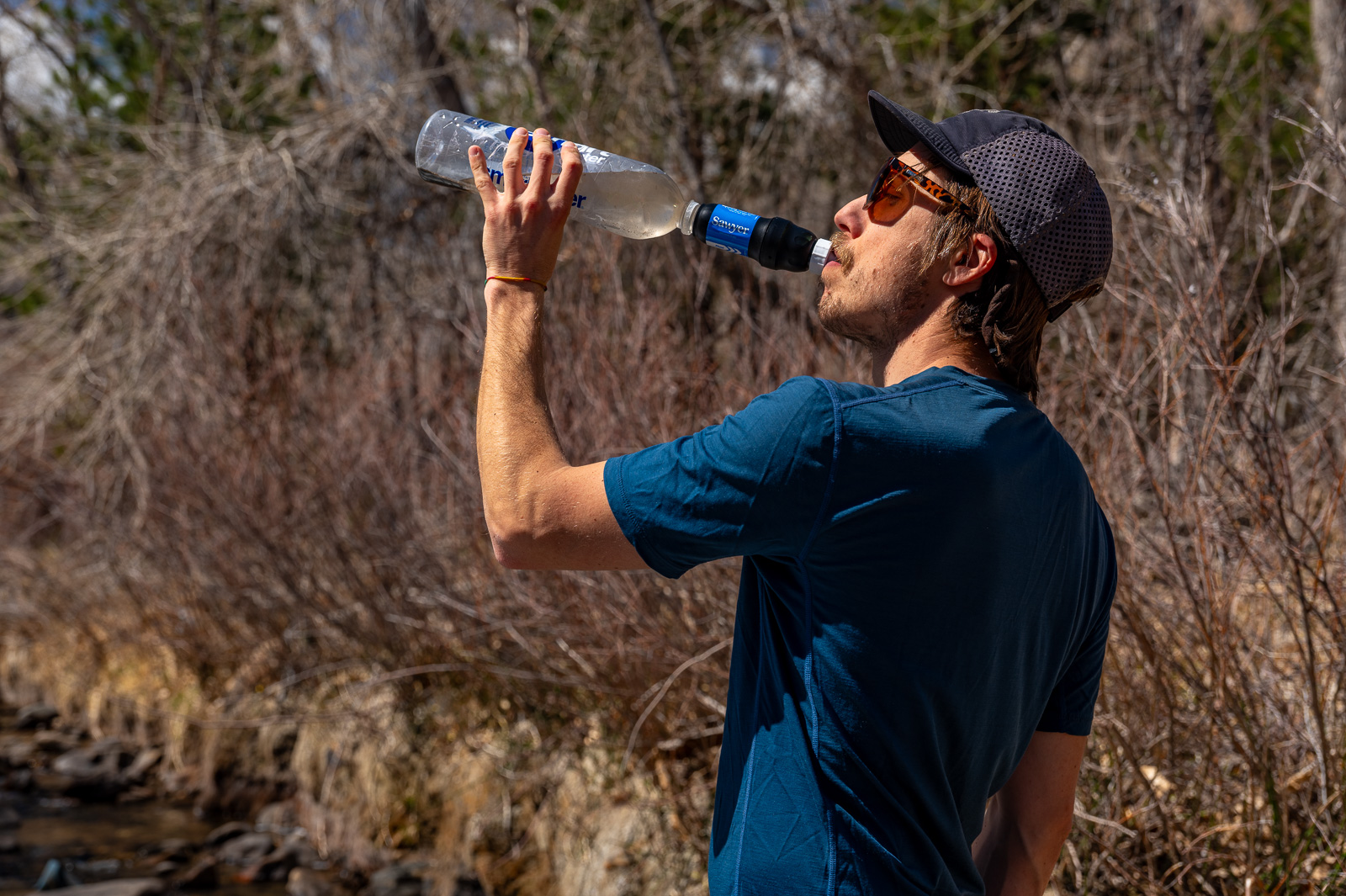
Ease of Use
A key benefit of the Squeeze is its convenience. All you need to do is fill the Squeeze bag (or any other vessel with standard 28mm water bottle threads) with water, wipe off the excess drips, and squeeze clean water into your bottles. You can also drink directly from the filter, which is very convenient.
If you prefer backpack hydration packs over bottles, the Squeeze includes an inline adapter that makes the process easier. Once the inline adapter is installed, simply fill your bladder from the water source and sip water through the tube. The filter purifies the water, allowing you to drink clean water without squeezing.
Filling water bags can be hard if you’re drawing from still or low-flow sources. In these cases, it’s helpful to use a rigid water bottle. Fill the bottle and then transfer the water to a squeeze bag, or connect it directly to the squeeze filter and squeeze into another container.
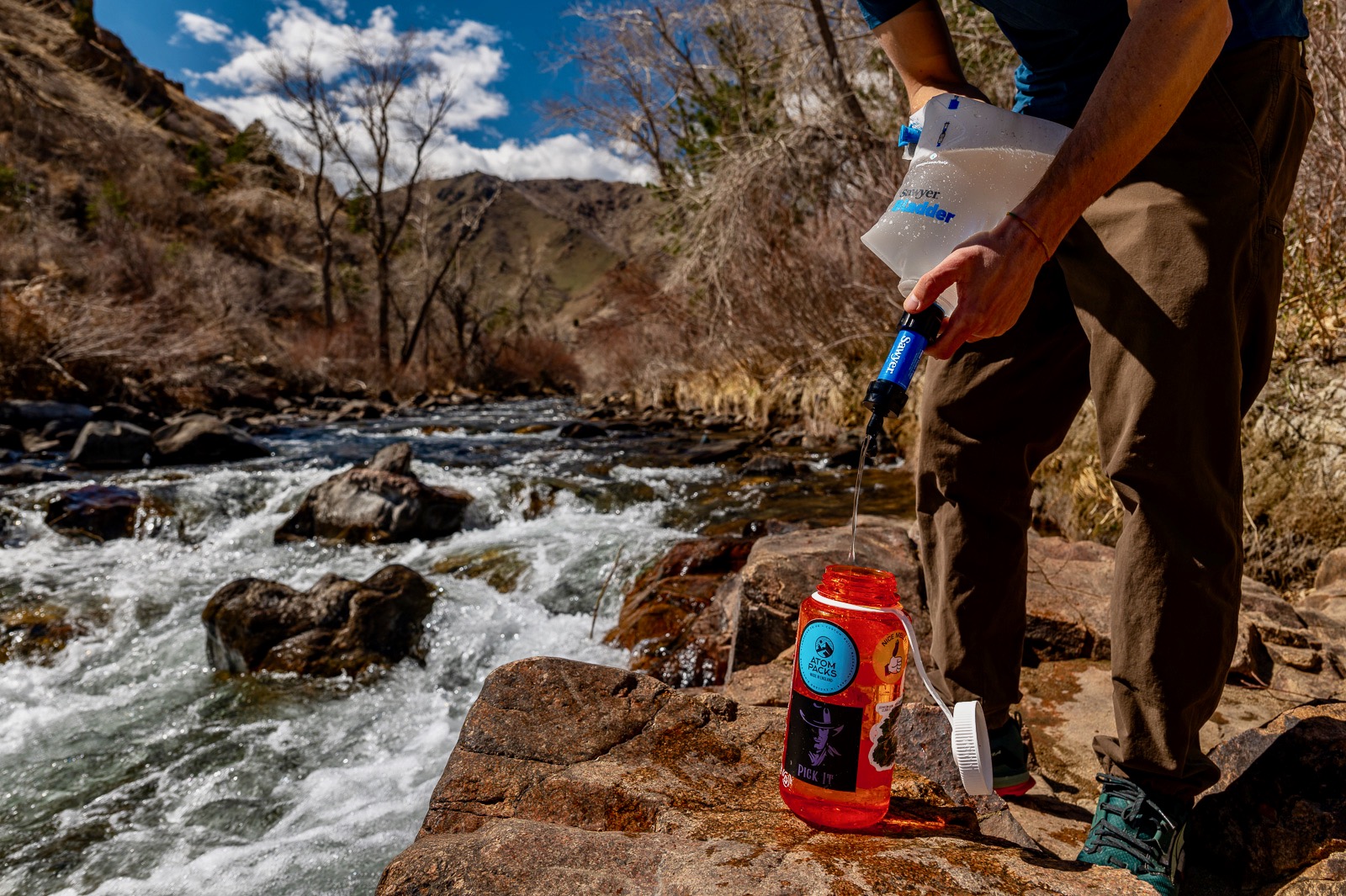
Treatment Time
Treatment time is technically as long it takes to squeeze water through the filter. The flow is unexpectedly strong, and you can fill multiple 1-liter bottles in two to three minutes with a clean filter. During our testing, we averaged just under a minute per liter when using the squeeze method with reasonably clean water.
This Sawyer version has a bit faster flow rate than its lighter-weight siblings, the Sawyer Mini and Sawyer Micro. However, it is worth noting that the flow slows down after a while, and the filter will need to be backflushed. For particularly funky water sources, consider pre-filtering by running water through a cloth like a bandana to catch any larger chunks that could clog the filter.
We admit we weren’t always good at remembering to backflush on our first trips, and when testing an old squeeze, it took us about three and a half minutes to filter a single liter. So, be diligent about backflushing to ensure you always have good flow!

Weight
At three ounces, the weight-to-efficacy if this model is almost unparalleled. Like any piece of backpacking equipment, the Sawyer Squeeze has its limitations, but at three ounces, we think it’s worth packing.
It has been an essential piece for us on dozens of backpacking trips across hundreds of days, thousands of miles, and countless liters of water. It fits conveniently in almost any pocket or can stay attached to a water bottle in your pack. We really wouldn’t want to go on a trip without it.
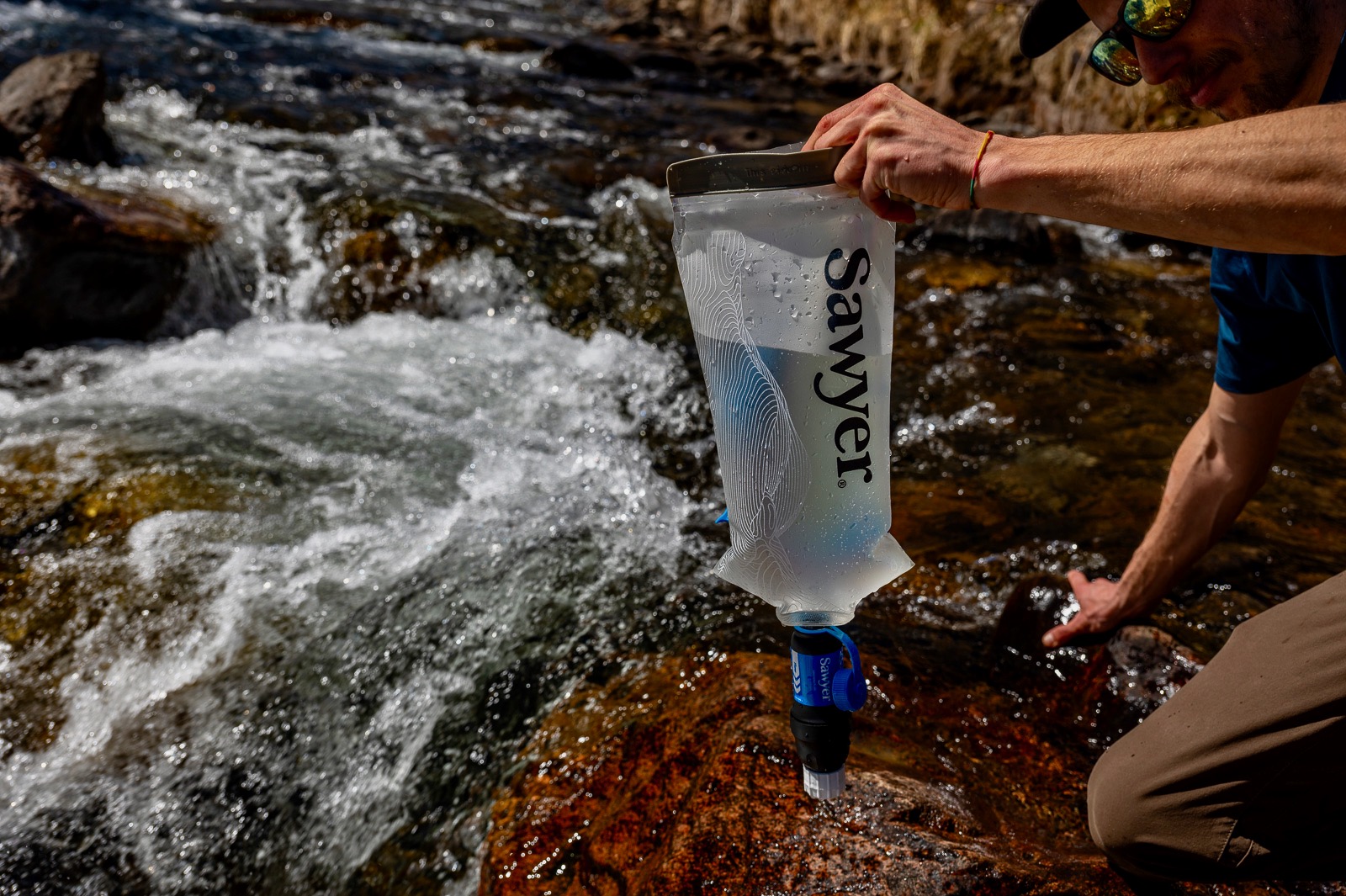
Maintenance & Longevity
Like other filters, regular backflushing is required (Sawyer provides a lightweight syringe that is easy to use in the field or at home). If you are filtering with relatively clear water, you’ll likely need to backwash every few weeks on trail. If you’re in the desert or filtering silty/turbid water, it might be every few days. Either way, backwashing should only take about a minute. This filter can be aggressively and backwashed, restoring up to 98% of the original flow rate.
The biggest drawback is the included squeeze bags blow a seam or develop holes pretty quickly so bringing a backup squeezable bag or bottle (or ditching the included pouches altogether in favor of something more durable) is a must.
You also need to be careful not to let the filter freeze, because ice expands and can damage the hollow-fiber filter, making it ineffective. We prefer to wrap the squeeze in a bandana and stuff it into our sleeping bag at night if it’s even a little bit chilly before bed. There’s no way to know if your filter still works after a cold night, so it’s best to be cautious.
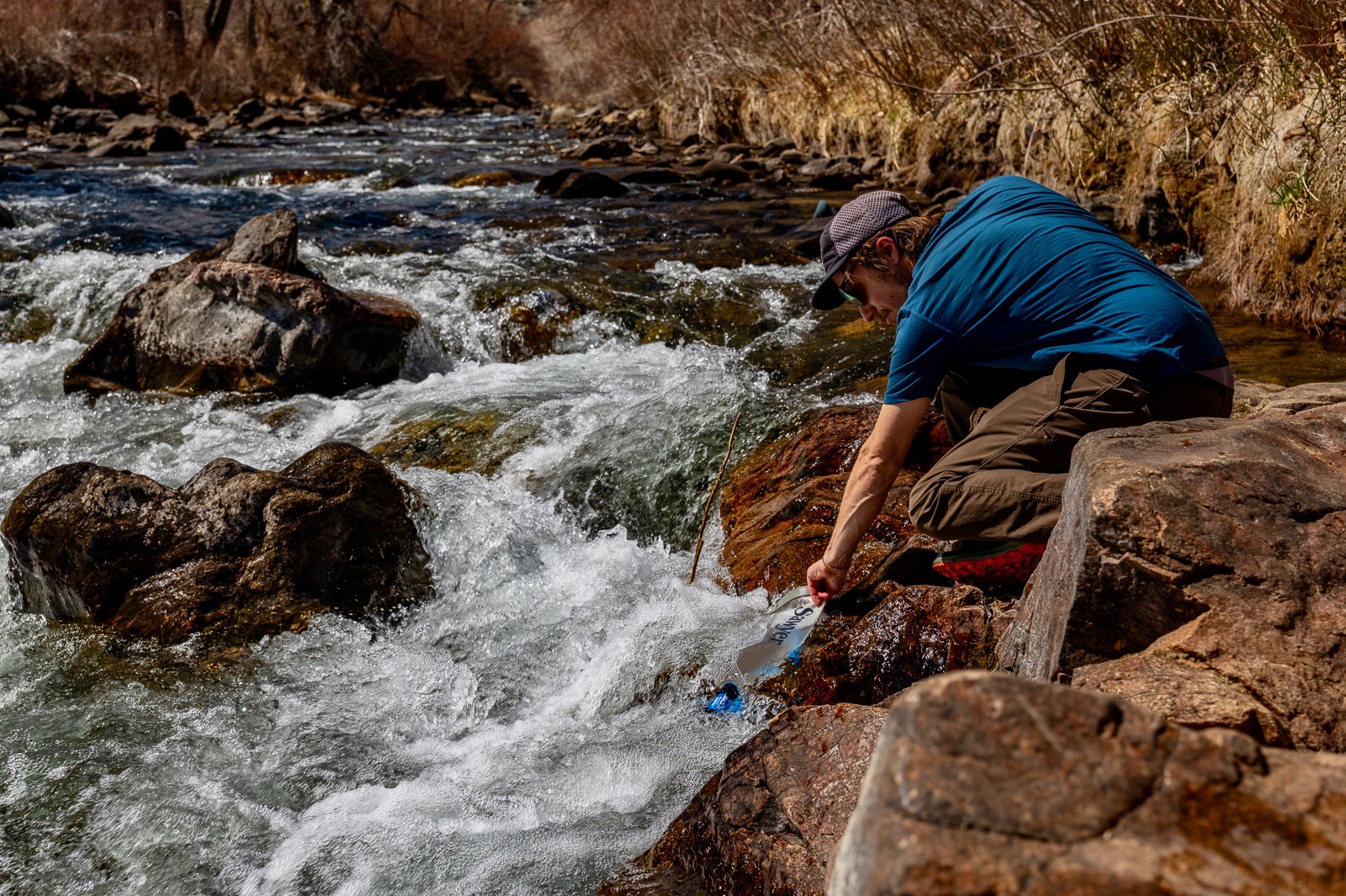
Should you Buy the Sawyer Squeeze?
The Sawyer Squeeze is a no-brainer for any backpacker, whether you’re planning an overnight trip or a 2,000-mile thru-hike. It’s affordable enough to be a worthwhile addition to any kit, and its impressive lifespan easily pays for itself.
After testing many backpacking filters on the trail, we always come back to the Sawyer Squeeze. It’s reliable, easy to use, and versatile. If you take good care of it, it will serve you well for a long time.
The Squeeze is best for solo hikers, so if you’re hiking with multiple people and sharing gear, you might want to get a gravity-fed bag filter to make the hydration station more efficient. The Squeeze also doesn’t filter out viruses or heavy metals, so if those are a concern for you (like on international travel trips), there are better options available.
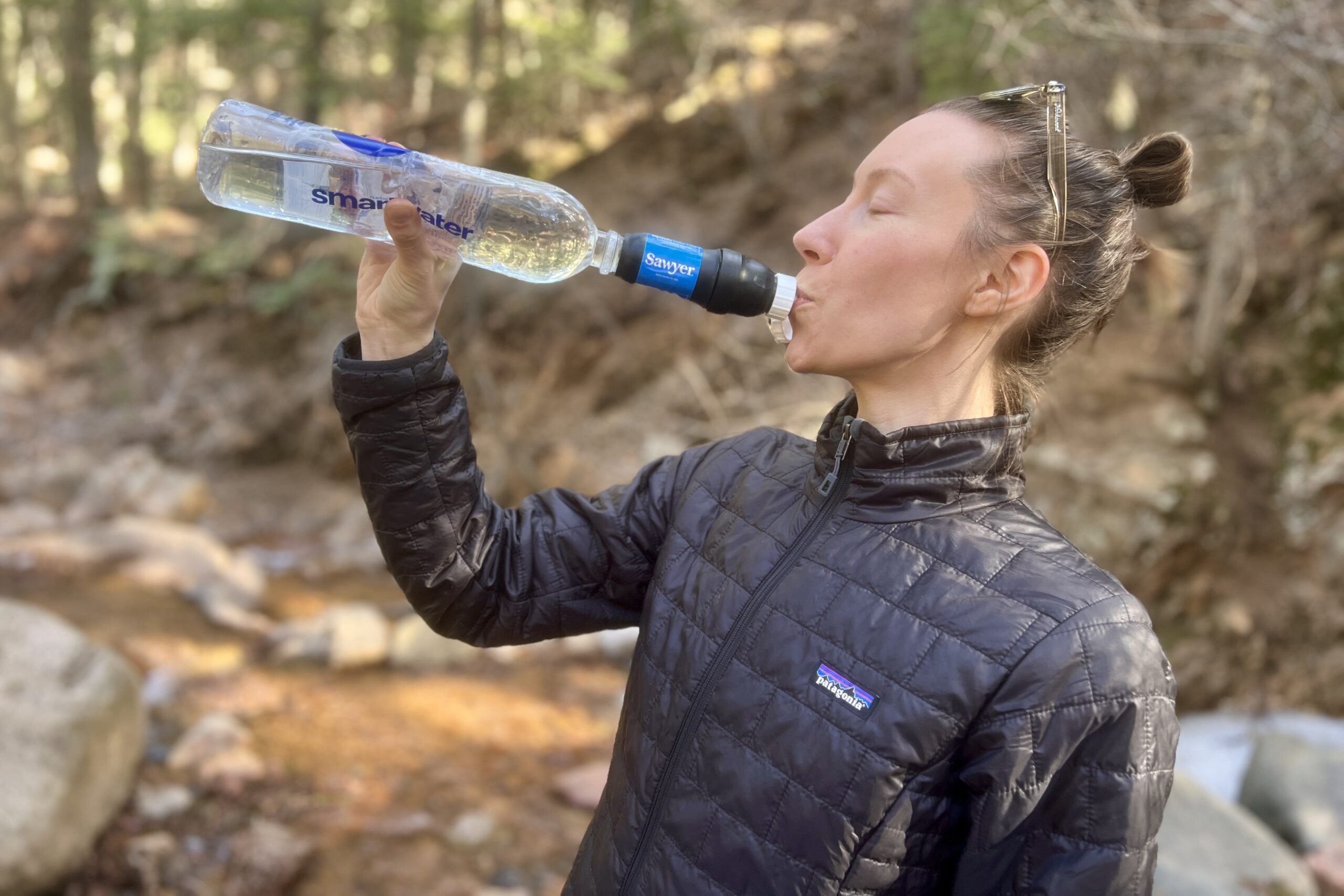
What Other Water Filters Should you Consider?
Check out our full guide to backpacking water filters for more group-friendly options or for use against viruses and heavy metals.
Sawyer Mini Review: The Mini provides the same filtration as the original Sawyer but in a smaller size. It is slightly lighter and a bit less expensive, though in our experience, it needs more frequent backflushing.
Katadyn BeFree Review: Many hikers prefer the BeFree for its extremely fast flow rate and convenience. It comes with a 0.5 or 1-liter wide-mouth bladder that is simple to fill. Although the flow rate is very fast when new, it tends to clog more quickly than the Squeeze and needs to be replaced more often.
Lifestraw Peak Straw Review: The Peak Straw is perfect if you need a filter for drinking directly from a water source. It’s great for ultralight trail runners who want to be able to bend down and take a sip without carrying water. It can also be attached to a bladder or bottle to serve as a squeeze filter.
